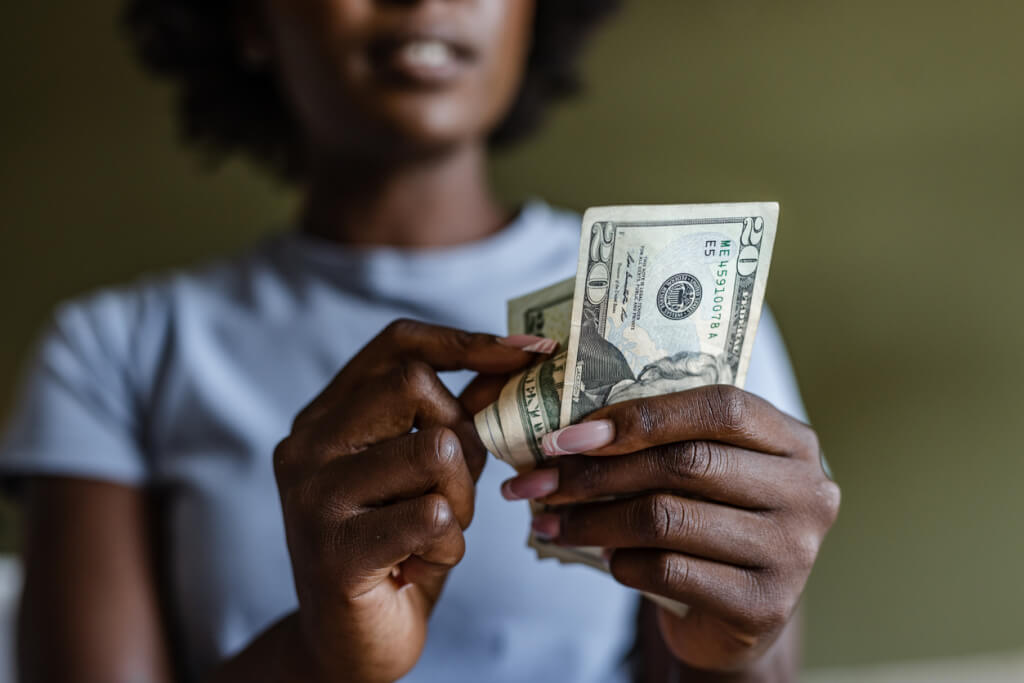New York authorities will freeze registration certificates of cars whose owners do not pay tolls on Thruway
'13.09.2022'
Nadezhda Verbitskaya
No more free rides on New York State Freeway Lohud.
After years of battling toll arrears, the Thruway Authority, which operates the highway system throughout New York City, has relaunched its program. It froze the registration certificates of drivers if they refused to pay the fare. The first announcements were sent out at the end of July.
The move comes years after a troubled implementation of a cashless tolling program forced Thruway officials to suspend fines.
What is the financial impact of unpaid tolls?
Thruway chief executive Matthew Driscoll said the fallout, combined with several months of unpaid tolls during the pandemic, resulted in $2018 million in unpaid tolls between 2021 and 64.
“We don't receive any federal funding. We don't receive any money from state or local taxpayers,” Driscoll said. “Everything we do is paid for by fees.”
Thruway is attempting to recover funds from delinquent accounts before turning them over to the State Department of Motor Vehicles for possible suspension.
An amnesty program introduced in 2018 collected about $1,4 million in unpaid tolls. Another $1 million was raised from 386 accounts through the COVID Relief Program.
The introduction of cashless fares in New York has been a fiasco for consumers.
The introduction of cashless tolls on the Tappan Zee Bridge in 2016 has created confusion among drivers unfamiliar with the process.
The drivers did not know that they would receive a bill in the mail. Or that their address must be registered with the state Department of Motor Vehicles. Fines not paid on time multiplied exponentially. Motorists were fined thousands of dollars even when they tried to pay off their debts.
On the subject: Features of driving in New York: rules that everyone should know
Motorists complained that they did not see road signs. And some who received invoices in the mail ignored them, believing they were spam.
Driscoll took over Thruway in late 2017 and soon realized that the excitement over the cashless program wasn't going to die down anytime soon.
“It became clear to me very quickly that there was a lot of confusion and misunderstanding,” Driscoll said. “And frankly, I had to sort things out.”
Cashless tolls were introduced across the Thruway system in November 2020. Overhead cameras and sensors attached to portals read license plates so bills can be sent home.
A 2018 visit to a Staten Island toll processing center did little to change Driscoll's concerns. He found that the staff and technology did not meet expectations.
That same year, a Briarcliff resident sued Thruway, alleging she had paid $30 in tolls and fines. And her registration certificate was frozen.
How Thruway is trying to implement cashless tolls
In recent years, Thruway has made several adjustments to its toll collection process.
The road signs have been changed. And email messages have been redesigned so that they do not look like spam.
Penalties for unpaid fees have been reduced from $100 to $50. And now they are applied for each billing cycle, and not for one unpaid fee.
The first invoice is received 30 days after payment of the fee. Those who have not paid after 60 days receive another notice in the mail warning them to pay the fee, along with a $5 fine. After another 45 days, they receive a toll violation notice and a $50 fine. If the invoice is not paid, it goes to collection. Then motorists are faced with the risk of freezing the registration certificate.
In 2018, Thruway launched an amnesty program that gave motorists the opportunity to pay tolls without fines. Then they received about 67 payments and eliminated 000 violations.
Thruway intended to reinstate the fine in 2020. And then the pandemic hit.
“We weren't going to start the suspension program when the global economy came to a standstill,” Driscoll said. “Thousands of people were losing their jobs in New York.”
Have drivers switched to E-ZPass?
Thruway spent about $550 on a marketing campaign to encourage drivers to use the E-ZPass. And avoid postal billing.
Tracking counties with a high percentage of mail-in bills, Thruway has focused its efforts on E-ZPass enrollment.
E-ZPass usage on Thruway has grown to 84% in recent years. Significant growth has occurred in Erie and Monroe counties, where motorists have been slow to adopt E-ZPass.
This surge has resulted in over 150 E-ZPass registrations across the state.
“It's a continuous learning process for people. But we are trying to make it as fast and efficient as possible,” Driscoll said.







